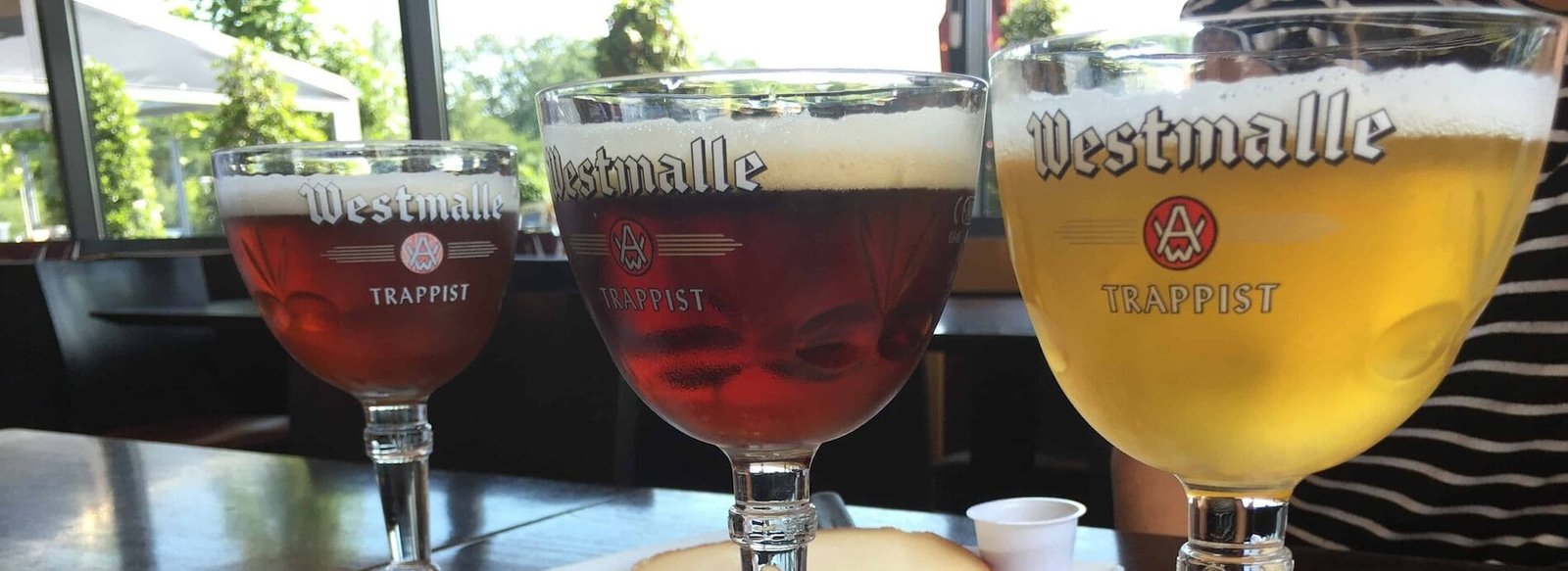Belgian brewing is a tapestry woven with tradition, innovation, and a deep respect for the natural environment. Among the many techniques that define this rich brewing heritage, the use of a coolship stands out as a distinctive method that embodies the essence of spontaneous fermentation. This article delves into the purpose and setup of a coolship, shedding light on its significance in Belgian brewing.
Understanding the Coolship
A coolship, or “koelschip” in Dutch, is a shallow, open vessel traditionally made of stainless steel or wood, designed to cool hot wort rapidly. The primary purpose of a coolship is to facilitate the spontaneous fermentation process, which is a hallmark of many Belgian beers, particularly lambics. Unlike most brewing methods that rely on cultivated yeast strains, spontaneous fermentation harnesses the wild yeasts and bacteria present in the environment.
The Purpose of a Coolship
The coolship serves several critical functions in the brewing process:
1. Cooling the Wort: After boiling, the wort must be cooled quickly to prevent unwanted flavors and to prepare it for fermentation. The shallow design of the coolship increases the surface area, allowing for efficient heat dissipation. This rapid cooling is essential for maintaining the quality of the beer.
2. Exposure to Wild Yeasts and Bacteria: One of the most fascinating aspects of using a coolship is its role in capturing wild yeasts and bacteria from the surrounding environment. As the hot wort cools, it is exposed to airborne microorganisms, which settle into the liquid. This process is crucial for spontaneous fermentation, as it introduces a diverse array of yeast strains and bacteria, contributing to the complex flavors that characterize many Belgian beers.
3. Flavor Development: The wild yeasts and bacteria that thrive in the coolship contribute to the unique flavor profile of the beer. This complexity arises from the interactions between various microorganisms and the wort, leading to a wide range of flavors, aromas, and textures. The resulting beers often exhibit tartness, funkiness, and a depth that is hard to replicate with cultivated yeasts.
4. Tradition and Heritage: The use of a coolship is deeply rooted in Belgian brewing tradition. Many breweries, particularly those in the Pajottenland region and around Brussels, have been using coolships for generations. This method is not just a technique; it is a connection to the past, a way to honor the craftsmanship of previous brewers while embracing the unpredictability of nature.
Setting Up a Coolship
Setting up a coolship requires careful planning and consideration. Here are the key steps involved in establishing a coolship for brewing:
1. Choosing the Location
The location of the coolship is crucial for capturing wild yeasts and bacteria. Ideally, it should be situated in an area with good airflow and minimal contamination from undesirable microorganisms. Many breweries place their coolships on rooftops or in open-air spaces to maximize exposure to the environment. The surrounding flora, such as fruit trees and wildflowers, can also influence the microbial diversity that settles in the wort.
2. Designing the Coolship
The design of the coolship is essential for its functionality. A traditional coolship is shallow and wide, allowing for maximum surface area. This design promotes rapid cooling and enhances the exposure to airborne microorganisms. The material used for the coolship is also important; stainless steel is commonly preferred for its durability and ease of cleaning, while wood can impart additional flavors to the beer.
3. Temperature Control
While the goal is to allow the wort to cool naturally, brewers must monitor the temperature closely. The wort should ideally be cooled to around 60-70°F (15-21°C) before it is left to ferment. If the temperature is too high, it may inhibit the growth of desirable wild yeasts and bacteria, while too low a temperature can slow down the cooling process.
4. Timing of the Brew
Timing is critical when using a coolship. Many brewers choose to brew in the evening or early morning when temperatures are cooler and the air is less humid. This timing helps to ensure that the wort cools quickly and efficiently, reducing the risk of spoilage.
5. Sanitation Considerations
While spontaneous fermentation relies on wild microorganisms, sanitation is still important. Brewers should ensure that all equipment, including the coolship, is clean and free from contaminants that could negatively impact the beer. This includes proper cleaning of the coolship after each use and ensuring that the surrounding area is kept clean.
6. Fermentation Vessels
After the wort has cooled in the coolship, it is typically transferred to fermentation vessels, such as barrels or open fermenters. These vessels allow for further interaction with wild yeasts and bacteria, contributing to the beer’s complexity. Many breweries use oak barrels, which can add additional flavors and aromas to the final product.
The Spontaneous Fermentation Process
Once the wort has been transferred to the fermentation vessel, the spontaneous fermentation process begins. This process can take several months to years, depending on the style of beer being produced. During this time, the wild yeasts and bacteria will work their magic, transforming the wort into a complex and flavorful beer.
Brewers often employ a technique called “blending” to create their final product. This involves mixing different batches of beer that have undergone spontaneous fermentation, allowing for a harmonious balance of flavors. The blending process is an art form in itself, requiring a deep understanding of the characteristics of each batch and how they will interact with one another.
Challenges and Considerations
While the use of a coolship offers many advantages, it also presents challenges. The unpredictability of wild fermentation can lead to inconsistent results, which may be viewed as a drawback by some brewers. Additionally, the reliance on environmental microorganisms means that factors such as weather, location, and even time of year can significantly impact the final product.
Brewers must also be patient, as spontaneous fermentation is a slow process that requires time and careful monitoring. The results, however, can be incredibly rewarding, resulting in unique and complex beers that reflect the character of their environment.
Using a Coolship in Belgian Brewing: Purpose and Setup
The coolship is a fascinating tool in the world of Belgian brewing, representing a blend of tradition, artistry, and the unpredictable nature of fermentation. By allowing hot wort to cool in an open vessel, brewers can harness the wild yeasts and bacteria present in the environment, creating beers that are rich in flavor and history. The setup of a coolship involves careful planning, attention to detail, and a deep respect for the brewing process.
As the craft beer movement continues to evolve, the coolship remains a testament to the enduring legacy of Belgian brewing. It invites brewers to embrace the natural world around them, celebrating the unique flavors that can only come from spontaneous fermentation. For those willing to take the plunge into this time-honored technique, the rewards can be as diverse and complex as the beers themselves.

